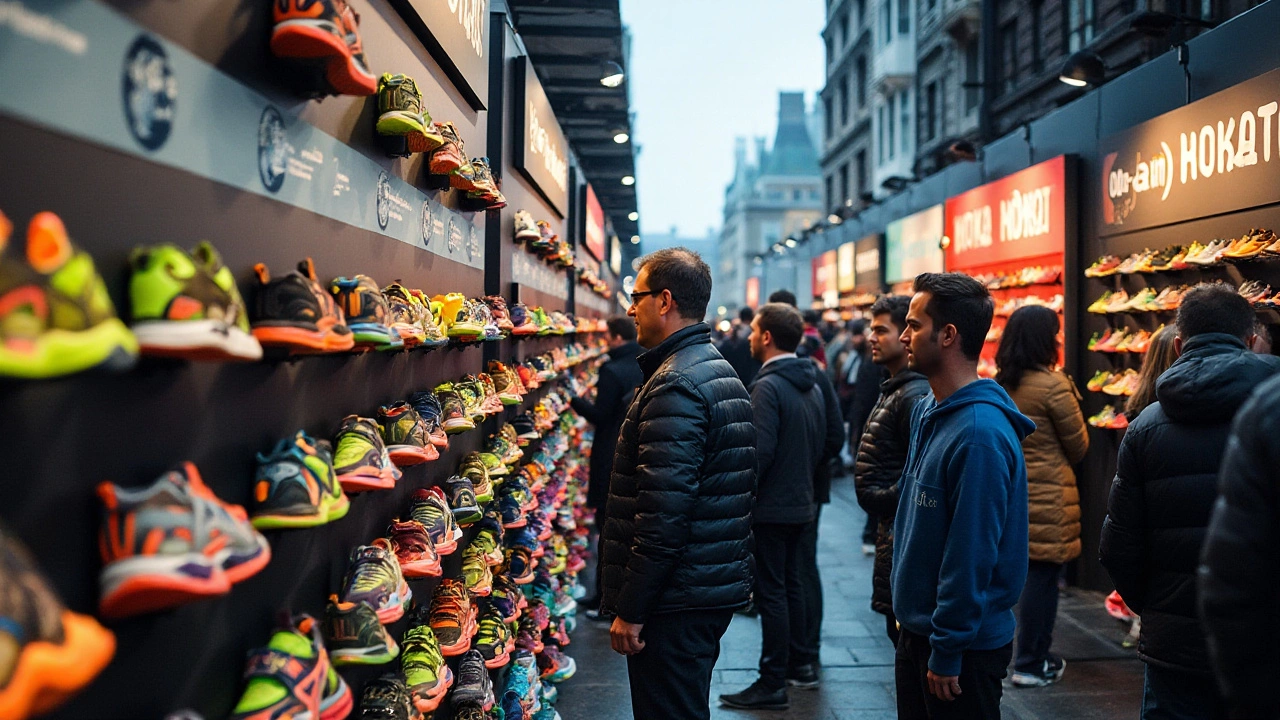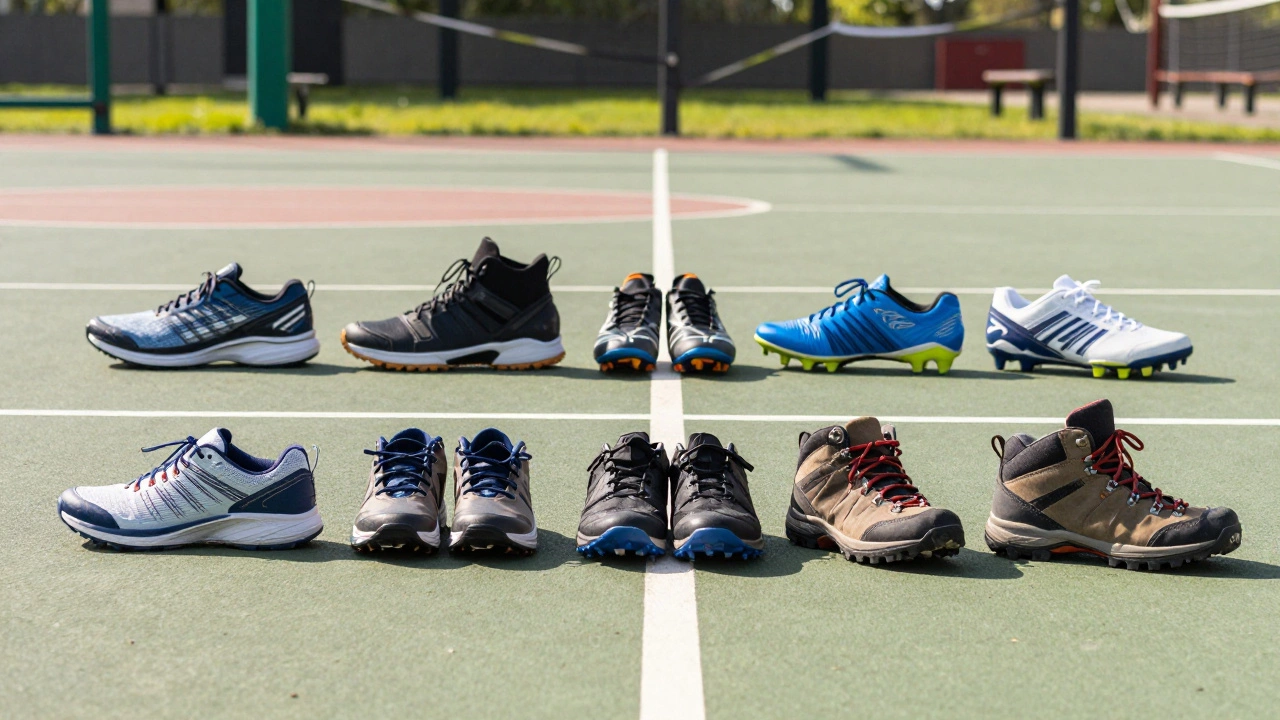
Running Shoes Guide – Pick the Right Pair for Faster, Safer Runs
If you’ve ever felt a sting in your heel or a sore toe after a jog, the culprit is probably your shoes. The right running shoes can shave minutes off your pace, cut injury risk, and make every mile feel smoother. Below you’ll find the basics you need to know before you click ‘add to cart’.
Know Your Foot Type and What It Means
First step: figure out if you’re a neutral runner, a pronator, or a supinator. Stand barefoot on a piece of paper and look at the imprint. A full imprint means low arches (prone to over‑pronation); a narrow line shows high arches (supination); a medium spread means you’re neutral. Neutral runners can use most shoes, but pronators benefit from stability shoes that add medial support, while supinators need extra cushioning to absorb shock.
Key Features to Check When You Try Shoes On
Cushioning level. Light‑cushion shoes feel fast and work for short races. Heavier cushioning protects joints during long runs or on hard surfaces.
Drop. This is the height difference between heel and forefoot. A high drop (10‑12mm) encourages a heel‑strike, while a low drop (4‑6mm) promotes a more natural mid‑foot landing. Choose what feels comfortable for your stride.
Fit. Leave a thumb’s width of space between your longest toe and the shoe tip. The heel should stay snug but not squeeze. Walk, jog in place, and notice any rubbing spots – those will turn into blisters later.
Breathability. Mesh uppers let heat escape, keeping feet dry on warm days. If you run in wet climates, a water‑resistant overlay can prevent soggy socks.
When you shop, try shoes in the afternoon. Feet swell throughout the day, so mid‑day testing mimics race‑day conditions.
If you’re buying online, check the return policy. Many brands offer free returns within 30 days, letting you test the shoes on a short run before deciding.
Budget, Durability, and When to Replace
Running shoes usually cost between £70 and £150. Higher price doesn’t always mean better for you; pick the shoe that matches your foot type and mileage needs. A good pair lasts about 500‑800 kilometres. Keep an eye on mid‑sole compression, outsole wear, and any loss of support. When you feel a new ache or notice the shoes feel flatter, it’s time for a new pair.
To extend life, rotate two pairs if you run many days a week. This gives each pair time to recover its cushioning between sessions.
Quick Top Picks for Different Needs (2025)
Fast‑track neutral. Light, responsive shoes that feel like running on a treadmill. Great for 5K‑10K races.
Stability for over‑pronation. Added arch support and a firmer mid‑sole. Ideal for daily training and longer runs.
Cushion‑heavy for high miles. Thick midsoles that protect joints on roads and trails. Perfect for half‑marathons and beyond.
These categories cover most runners, so you can narrow your search without getting lost in endless model lists.
Remember, the best running shoe is the one that feels right on your foot, supports your stride, and stays comfortable mile after mile. Use this guide as a checklist on your next shoe hunt, and you’ll walk out of the store (or out of the checkout page) with confidence that your new shoes will help you run stronger.

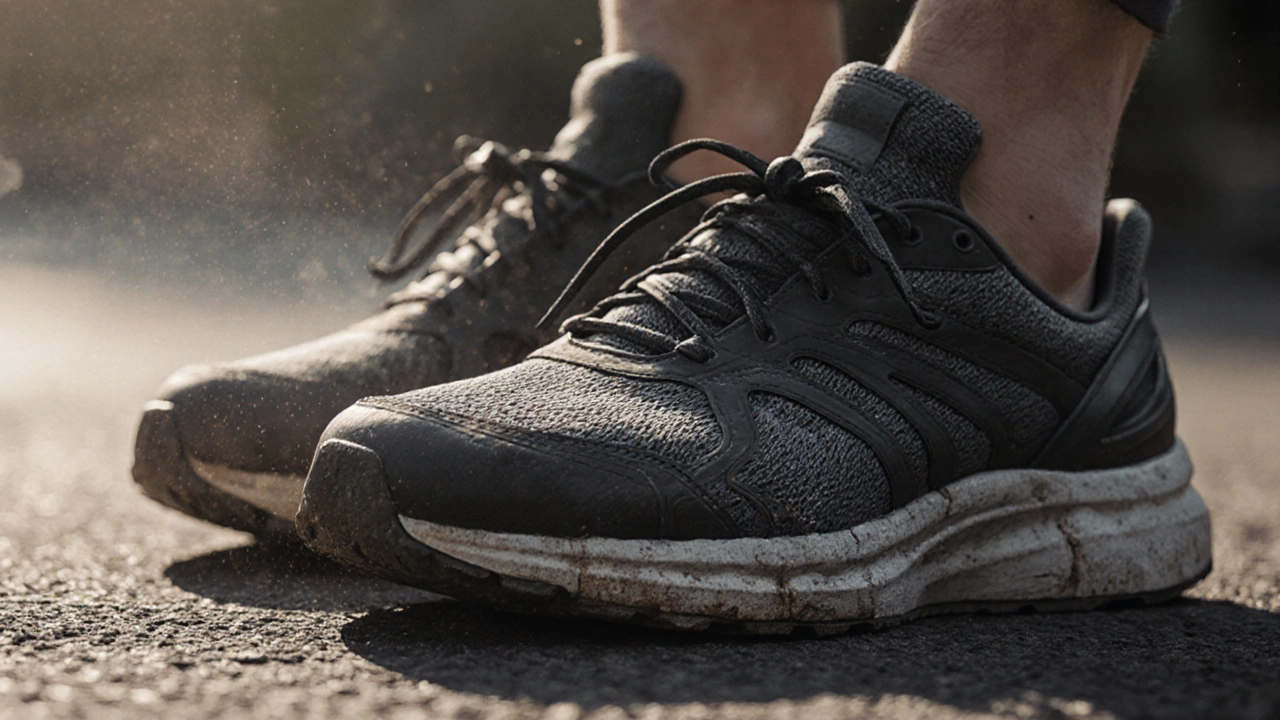
How Do I Know When I Need a New Pair of Running Shoes?
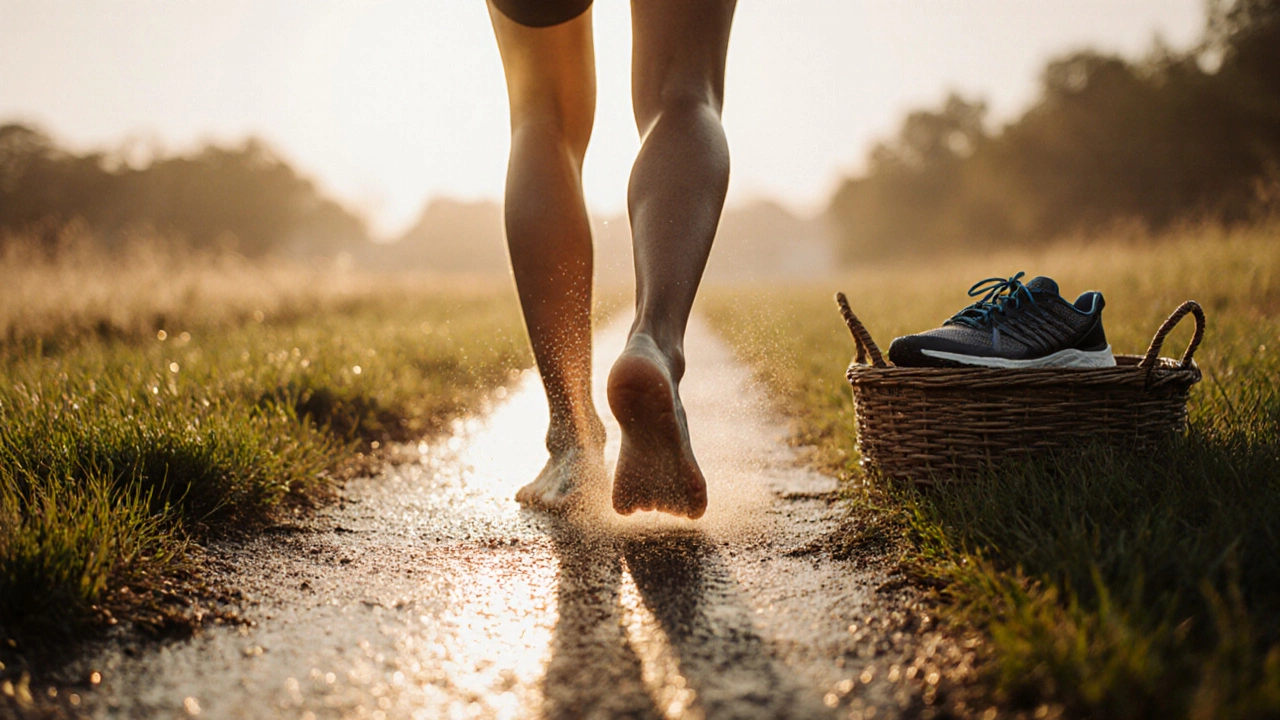
Is barefoot running good? The real pros, cons, and science behind going shoeless
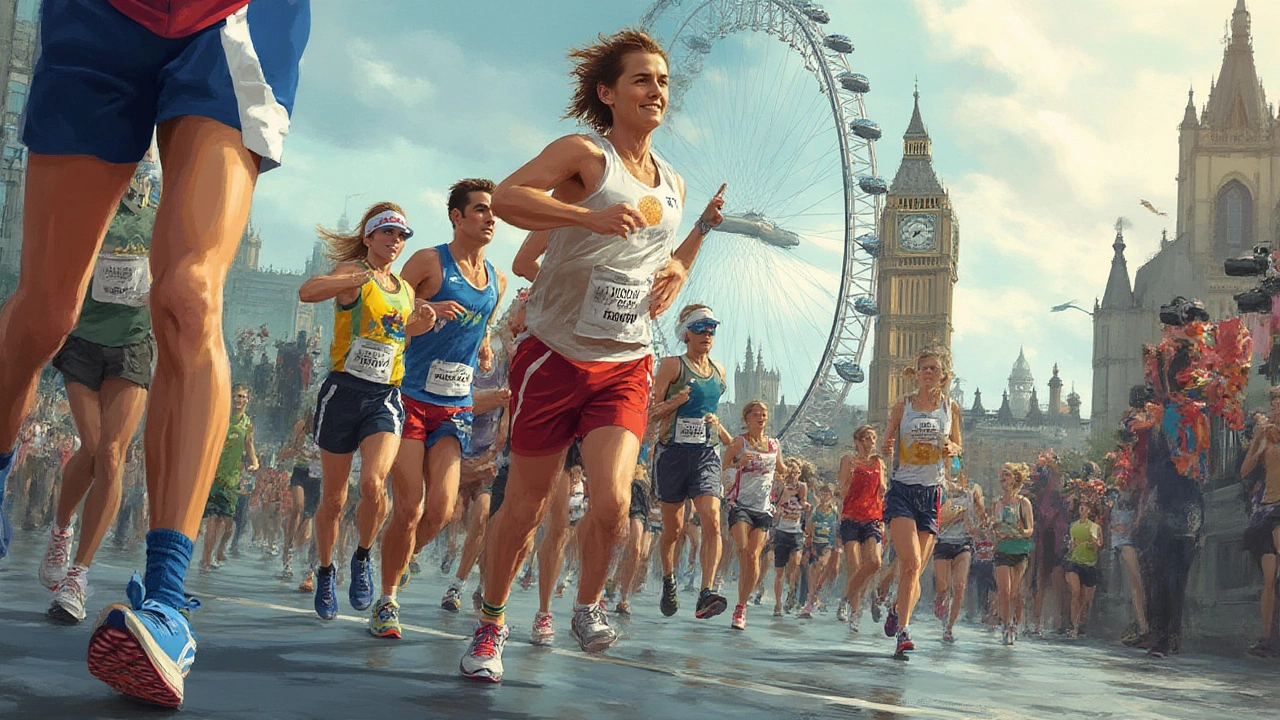
Are Asics Good Running Shoes? Honest Performance Guide & Facts
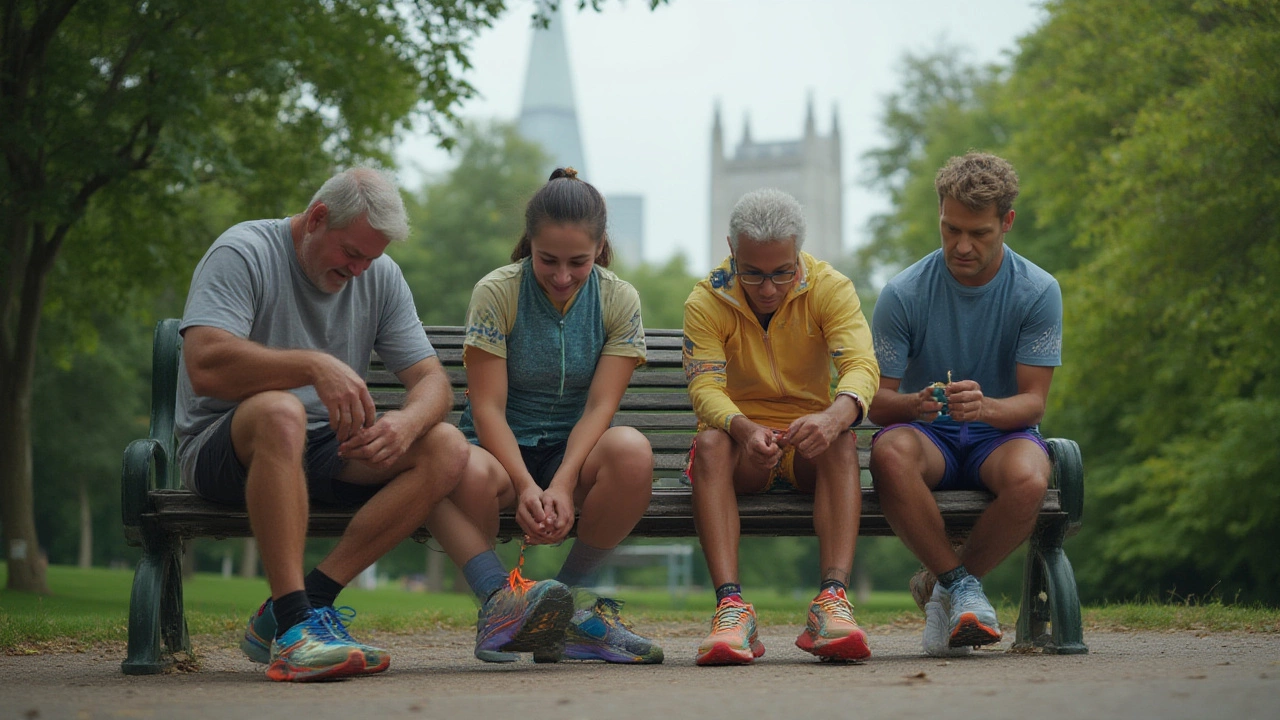
Are Hoka Running Shoes Really Good? A Deep Dive for Runners
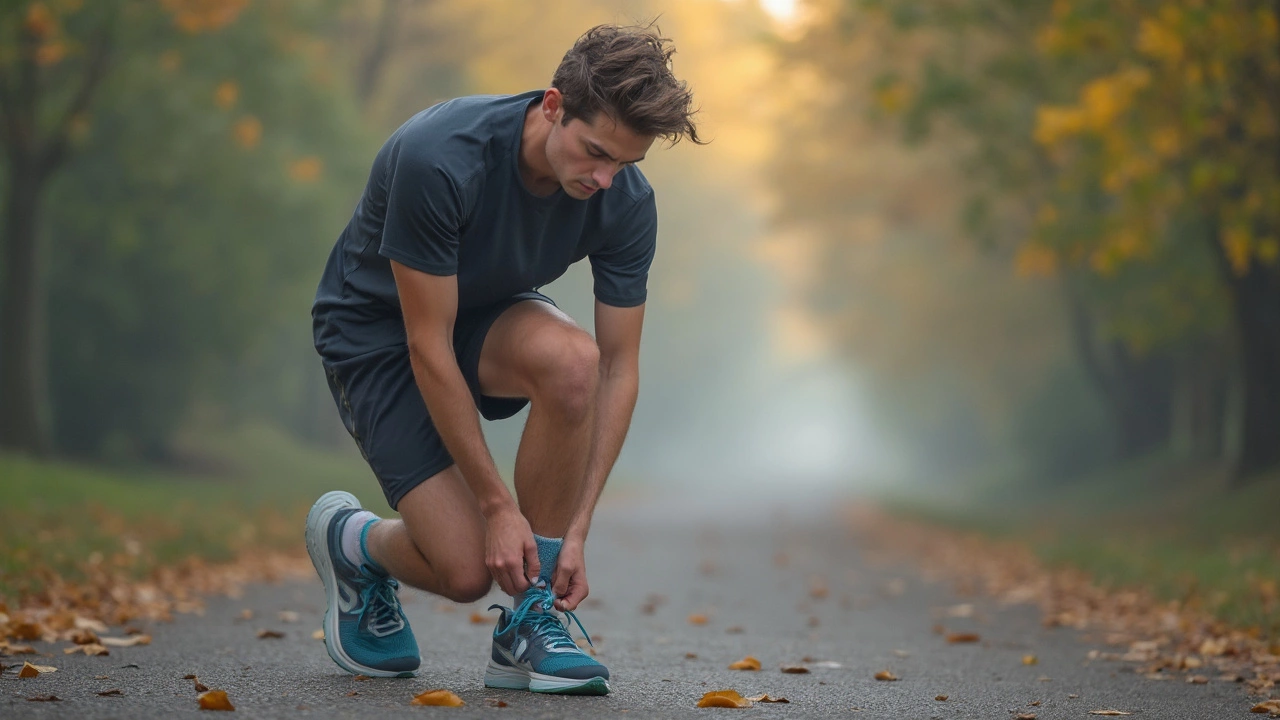
Running Shoes a Half Size Too Big: Is It Really a Problem?
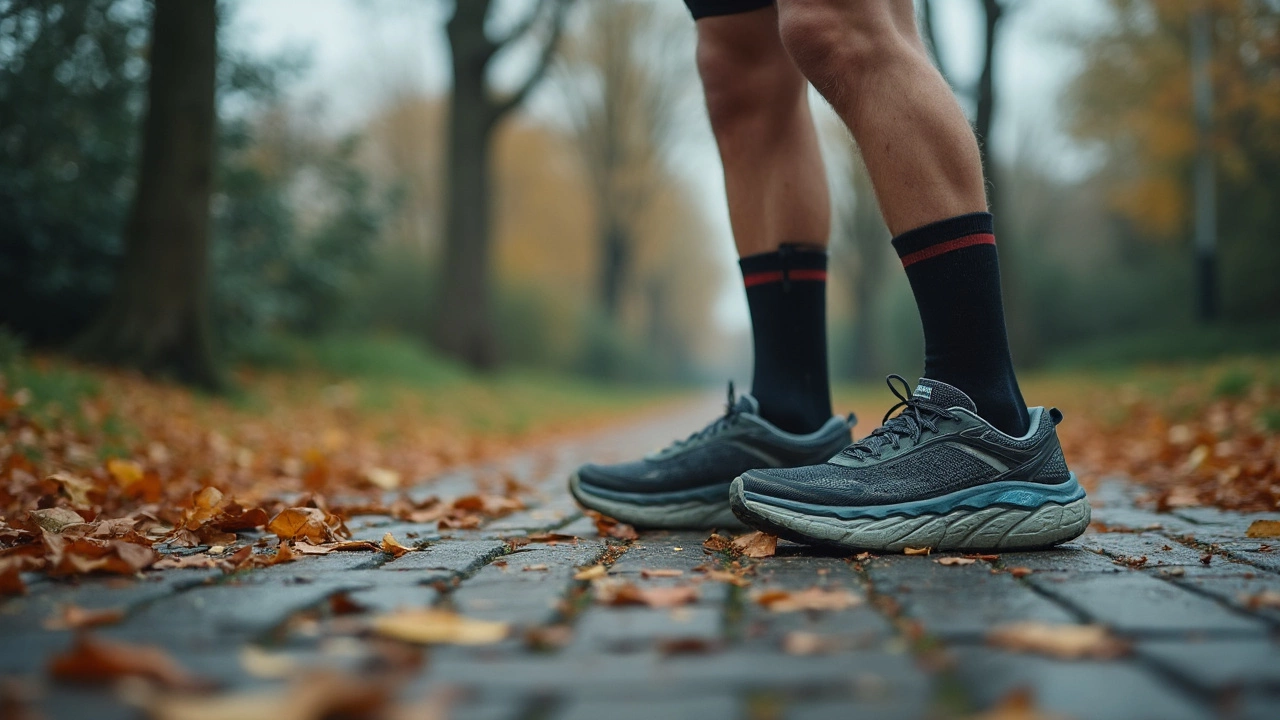
How Long Do Hokas Last? A Real-Life Guide to Running Shoe Lifespan
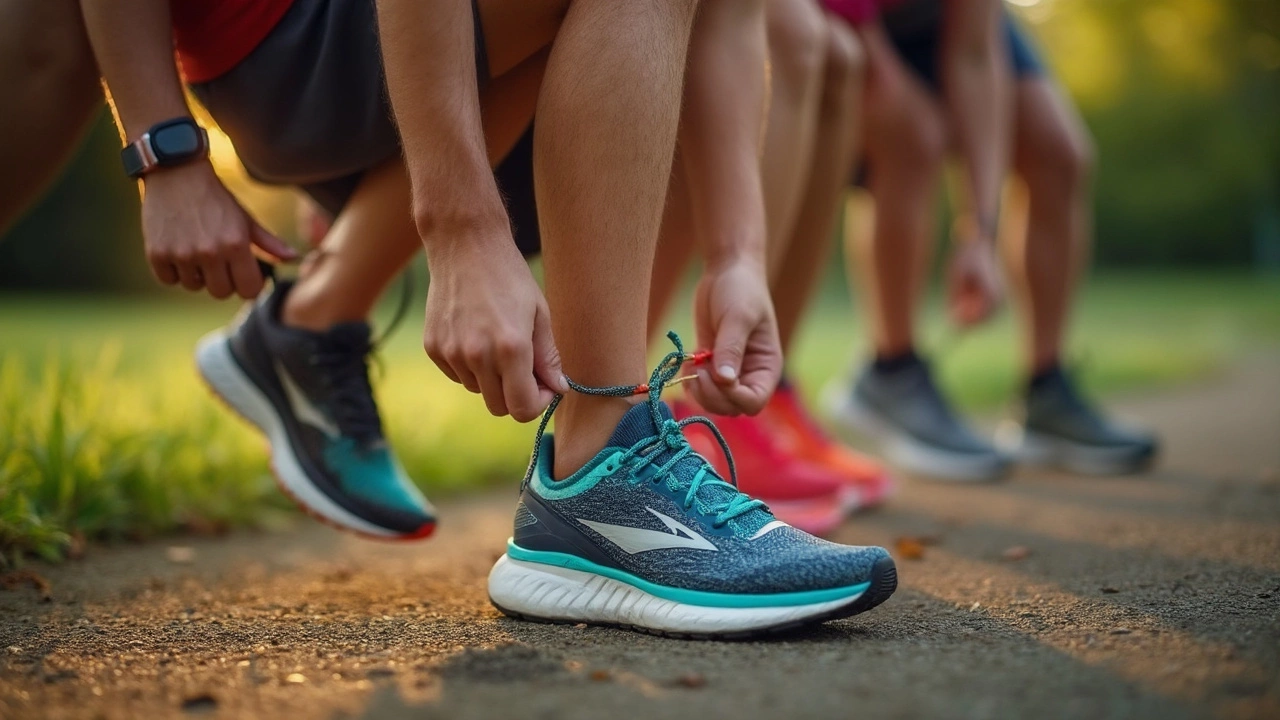
Why Do Podiatrists Recommend Brooks? The Real Reasons Behind the Hype

Is It Okay to Wear Running Shoes When Not Running?
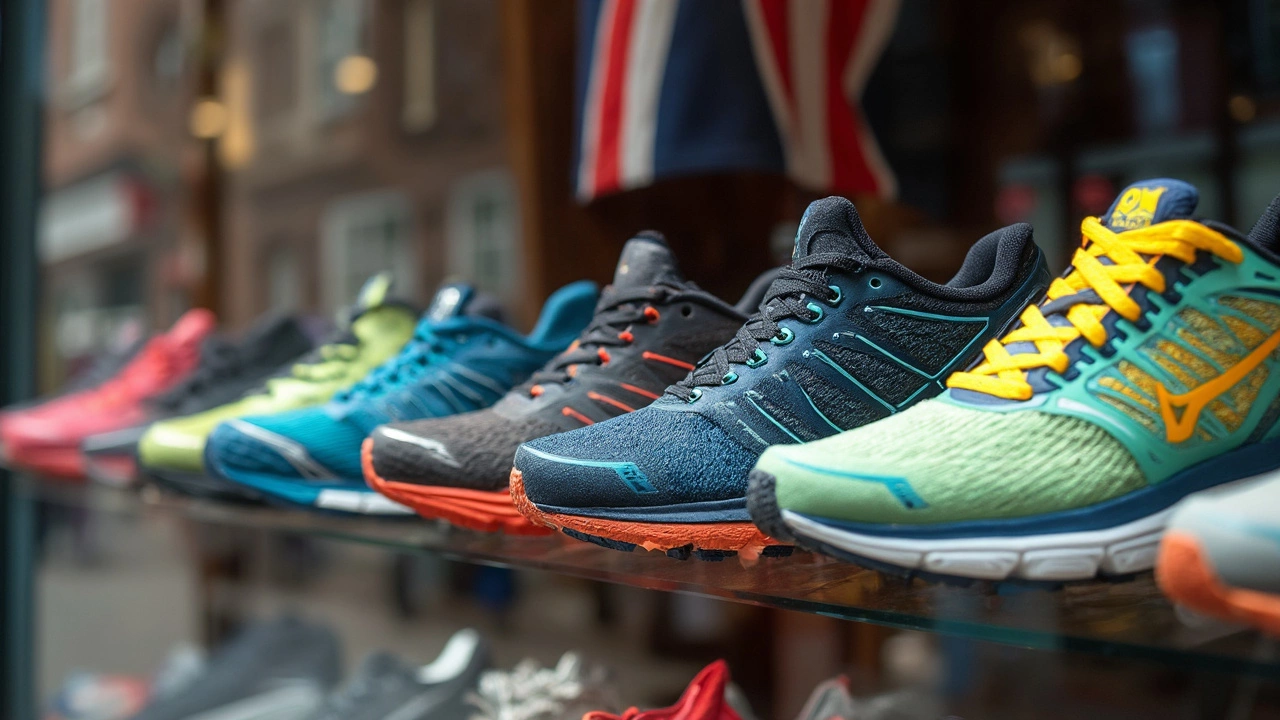
Running Shoes: What to Wear and Why
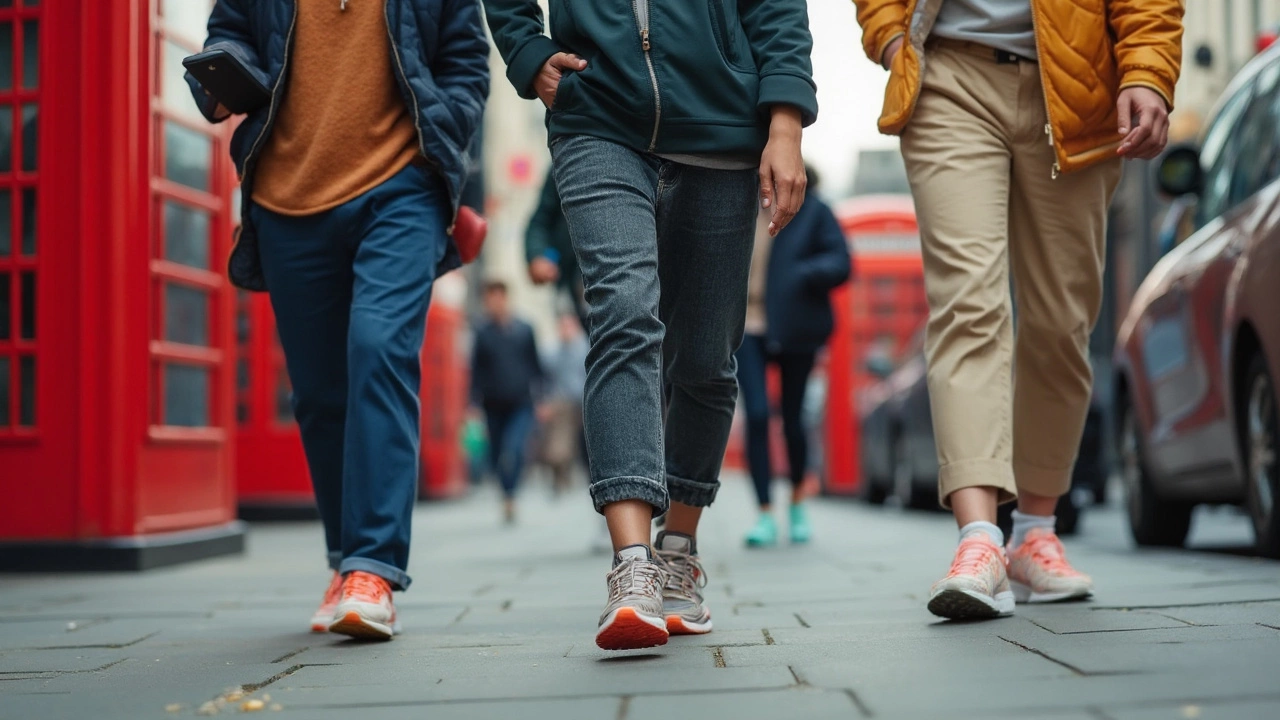
Is It Weird to Wear Running Shoes Casually?
